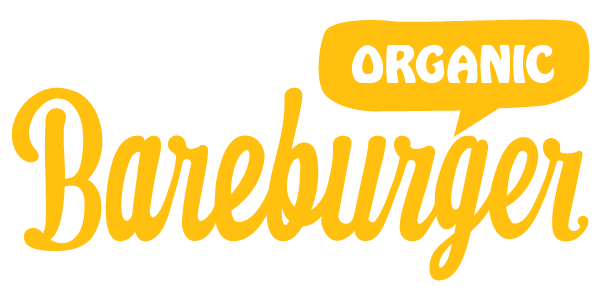Good to grow: The often-cited statistic that 90% of restaurants close within the first year has been proven false. Still, that doesn’t make the sight of empty chairs or sparse reservation books any less nerve-wracking for new restaurant owners and operators.
Ways to Attract Customers to My Restaurant?
When business is slow, it’s easy to get discouraged, give in to frustration, and even start to entertain selling your restaurant and moving on. But before giving in to those thoughts and cashing out, try all available strategies to grow your restaurant business, reduce costs, and increase your profit margins first. Here’s a few to get you started.
1. Digital Marketing
Forget about spending dough on costly print or radio ads. Digital marketing is an inexpensive way to market your business – hey, there’s a captive audience of 3.03 billion active social media users out there. Whether you hire a social media influencer or expert (or do it yourself), make sure your restaurant has a positive and active presence on Twitter, Facebook and particularly Instagram, home to hashtag-worthy food photos and where millenials make purchasing decisions.
Social media management software can help you track keywords, hashtags, and even notify you if someone tags your business in a negative tweet. And don’t forget about Yelp. A Harvard Business Review Research Report found that a single star increase in Yelp rating leads to a 5-9% increase in revenue. To keep tabs, consider using a management tool like Perch that presents your online reviews together alongside reviews of competing businesses.
Recommended: Restaurant Advertising Ideas
Lastly, your restaurant’s web site is an opportunity to make a great first impression. Use quality photography of both the dining space and food, and make sure you post the most accurate menu, hours, and location information in an easily-accessible place – as this is information that customers want and need. Make sure your site also looks good when viewed on a mobile device because according to Google, 61% of users are unlikely to return to a mobile site they had trouble accessing, and 40% will visit a competitor’s site instead.
2. Expand Your Options
Restaurant Business reports that off-premise dining currently accounts for 44% of all restaurant sales with delivery encompassing 25% of those orders. To tap into the trend, make sure your take-out operations are simple and efficient for customers to use. Consider adding a delivery option with either your own staff or via a third-party service like Uber Eats, GrubHub or SkipTheDishes.
Another alternative revenue option is catering, which recently totaled $52.3 billion, 64% of which was spent at restaurants.
3. Reign in Food Costs
In theory, your restaurant’s food costs shouldn’t be more than 30% of your total revenue. The problem is that taking inventory is one of the most time-consuming procedures in any food service operation and as result, it’s a task often skipped. But studies show that taking inventory can increase your profits by more than 20% each year because it keeps you from over-ordering.
Get your food costs under control by using an automated inventory management software. Having one as part of your restaurant’s tech arsenal can ensure staff is using the entire food order, reduce spoilage, allow comparison of vendor prices, help cost out recipes, and reveal how to cross-utilize ingredients in multiple menu items.

Another tactic is to make sure your menu is offered in a format that can be easily changed so that your restaurant can stay agile with any shifts in food costs and consumer demand.
Recommended Reading: How to Effectively Manage Restaurant Inventory
4. Optimize Staffing
Like inventory, labor costs should ideally be less than 30% of your restaurant’s gross revenue as well. Due to recent wage and benefit expense increases, restaurant chains lost as much as $250 million in 2017.
Optimize how, when and who you staff with a cloud-based restaurant scheduling software like 7shifts, which typically saves restaurants’ 1-3% of their monthly labor costs. With integrations with your restaurant’s POS, it can use actual sales data to make sure you’re not over-staffing a shift based on forecasted sales with 90% accuracy. Scheduling software can also identify which employees might go into overtime before it is too late, and prevent early clock-ins, which even if only a few minutes add up to expensive costs over a year.
Check out how much your restaurant can save by using scheduling software with 7shifts’ labor cost calculator.

Amanda McCorquodale, Author
Amanda McCorquodale
Author
Amanda McCorquodale is freelance writer based in White Plains, NY.





